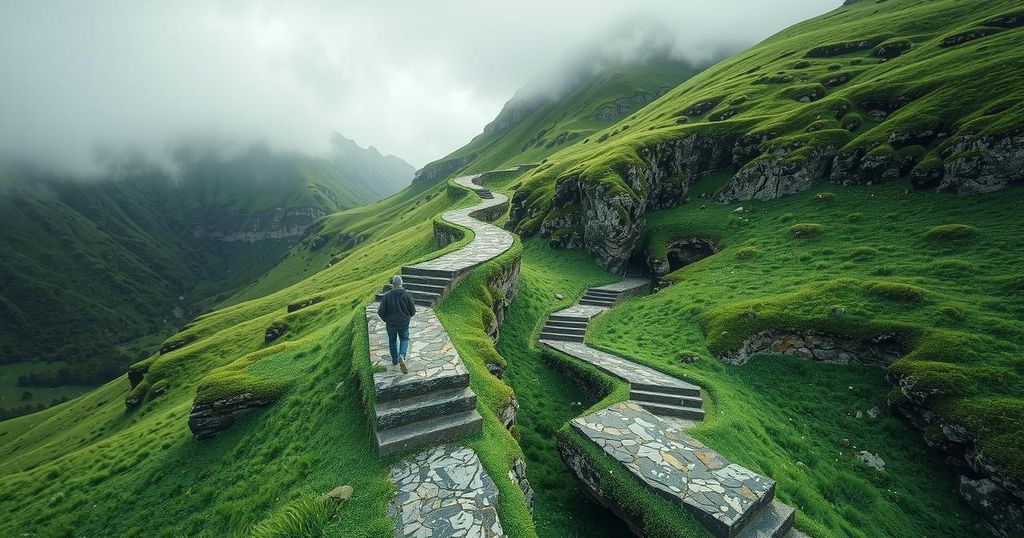The M23 rebels, aided by Rwanda, have swiftly overtaken territories in the Democratic Republic of Congo, leading to the capture of Goma and the displacement of over half a million residents. The rebels claim to protect ethnic Tutsis, but the fight is largely driven by the lucrative mineral resources found in Congo, attracting global powers like the United States and China.
The Democratic Republic of Congo is currently experiencing severe unrest as the M23 rebels, purportedly supported by Rwanda, are rapidly seizing land. Their swift advances have caused the Congolese army significant setbacks, leading to the displacement of over half a million individuals. Recently, the rebels took control of Goma, a vital city along the border with Rwanda, a repeat of their earlier capture in 2012.
Residents of Goma have been trapped in their homes for the past week, enduring electricity outages and a lack of running water amid escalating violence. Gunfire and explosions disrupt their precarious situation, as many locals welcome displaced families seeking refuge within the city. However, many of those arriving in Goma are solitary and without connections.
The M23 rebels justify their actions by claiming to protect ethnic Tutsis, a minority group that suffered severe atrocities during the 1994 genocide. Nonetheless, experts indicate that the fundamental motivation behind their aggression lies in accessing Congo’s valuable mineral resources, which are essential for modern technology devices. These minerals have positioned the rebels and their Rwandan allies in a lucrative position.
The geopolitical landscape surrounding these rare minerals is complex, involving competition between the United States and China. The ongoing conflict poses a threat to the stability of access to these resources, raising concerns about how to mitigate the rebels’ advances.
The conflict in the Democratic Republic of Congo is deeply rooted in historical tensions following the 1994 genocide in Rwanda, which saw the mass murder of ethnic Tutsis by the Hutu majority. In the aftermath, many perpetrators fled into Congo, which has since dealt with successive waves of violence and rebel incursions. The M23 group emerged as one of the factions vying for power in Eastern Congo, which is rich in critical minerals like coltan and cobalt, that are essential for various electronic devices.
In summary, the situation in the Democratic Republic of Congo underscores the intersection of ethnic strife and global competition for scarce resources. The M23 rebellion highlights the tragic consequences of ongoing instability in the region, further exacerbated by the allure of significant mineral wealth. As international interests entwine with local conflicts, the plight of the Congolese people continues to worsen, with their access to safety and basic needs severely compromised.
Original Source: www.nytimes.com




